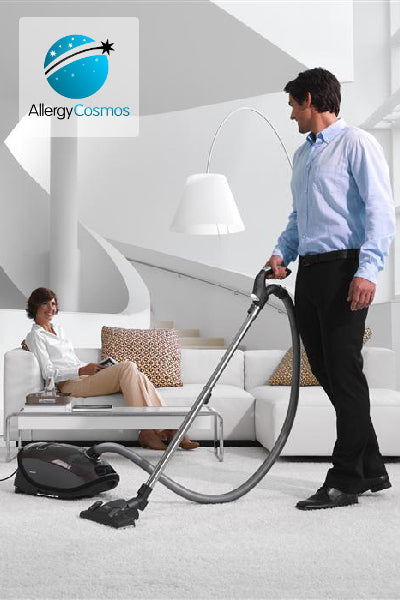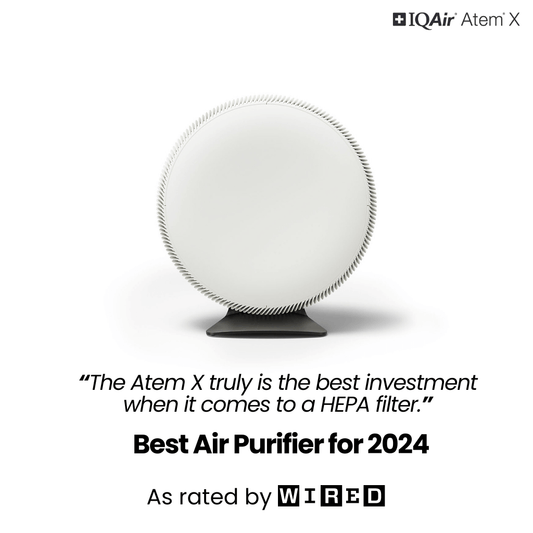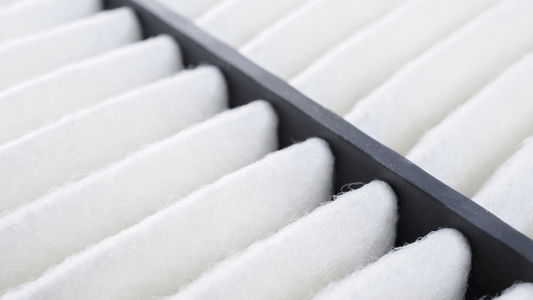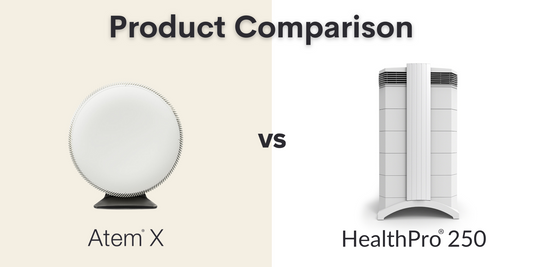How effective is a allergy vacuum cleaner for dust mite allergy? Allergens from dust mite's are a significant trigger for both sensitisations of children to asthma and for producing asthma attacks. Given that Environmental Allergen Control is key to the management of asthma, it is important to know what measures to take in reducing the burden of house dust mite allergen in your home environment if you have a child with asthma or want to prevent the condition from developing. The two allergens of interest are known as Der p1 and Def f1 and levels in house dust can readily be measured in the lab by immunoassay methods. This approach allows the effectiveness of various clean-up methods to be assessed.
In a landmark paper, researchers at the Department of Pediatrics, University Hospital, Linköping, Sweden, looked at how effective chemical treatment with tannic acid and regular vacuuming, with different kinds of allergy vacuum cleaner for dust mite allergy, were in getting rid of the two main house dust mite allergens. This was the first study to investigate the influence of different types of vacuum cleaners on house dust mite allergen concentrations in the dust. The study involved 52 families with allergic children. They were divided into five groups, as follows:
- Use of central vacuum cleaner alone
- Own vacuum cleaner plus tannic acid treatment
- Own vacuum cleaner plus placebo treatment
- New high-efficiency particulate air (HEPA) vacuum cleaner
- New microfilter vacuum cleaner
The families collected dust samples for the researchers from the child’s mattress and from carpets and upholstered furniture in the living area. This was done at the start of the study and then on days 7, 21 and 35. The tannic acid and placebo were applied to carpet and upholstered furniture at the start of the study. The dust samples were analysed for Der p1 and Der f1 content.
After 7 days, chemical treatment of carpets and upholstered furniture with tannic acid led to a temporary reduction in house dust mite allergen of around 30 per cent. The use of the HEPA, microfilter or central vacuum reduced house dust mite allergen concentrations by 30 to 50 per cent over a 3 to 5 week period of time. The filters allow for efficient removal of small particles which contain the allergens. The researchers conclude that regular and efficient use of the vacuum cleaner does reduce house dust mite allergen exposure. Moreover, in all the groups, allergen concentration reduction was observed both in mattress and living room dust.
Some parents may be concerned over the use of a chemical treatment to reduce house dust mite allergen. In fact, tannic is of very low toxicity and, indeed, is present in tea, coffee and cocoa, which are freely consumed without apparent ill effects.
The use of the vacuum cleaner in reducing house dust mite allergen levels is shown by this study. Therefore, regular vacuuming of the whole house is to be recommended to families with an allergic child. Key here is to make sure to use a leakage-free HEPA vacuum cleaner Since this study came out, vacuum cleaner technology has advanced somewhat so the results in reducing house dust mite allergen are likely to be even better.
Source: Munir A et al Vacuum cleaning decreases the levels of mite allergens in house dust (1993). Pediatric Allergy and Immunology 4; 136-143




